Spice Up Your Life: A Global Journey Through Indian Food and Flavors
Table of Contents
Introduction to Global Spice Traditions
Spices have been the heart of culinary traditions around the world, with India standing out as one of the most iconic spice-rich countries. From the fiery chilies of South India to the delicate cardamom of the North, Indian food has shaped global flavor profiles for centuries. Whether you're an amateur enthusiast or a seasoned chef, understanding the cultural and culinary significance of spices can elevate your cooking experience and open up a world of new tastes.
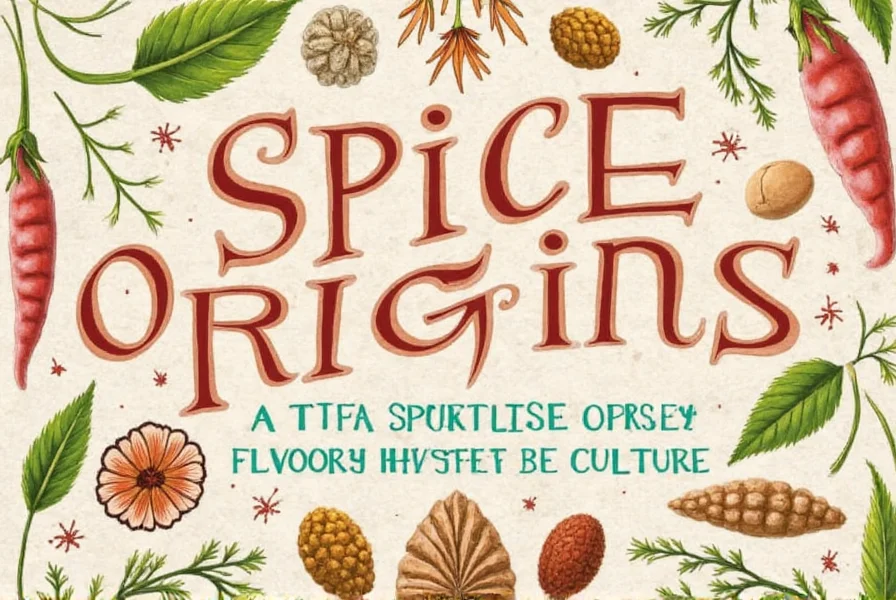
The use of spices in Indian cuisine isn't just about heat—it's about balance, depth, and harmony. Each spice plays a role in creating complex layers of flavor that make Indian food so unique. In this article, we'll explore the magic behind Indian food, share practical tips to help you cook like a pro, and provide a detailed buying guide to choose the best spices and tools for your kitchen.
Why Indian Food is a Spice Lover's Paradise
If you love bold flavors, you’ll find yourself in heaven when it comes to Indian food. The country’s rich history of trade and cultural exchange has led to an incredible variety of spices used in everyday cooking. Unlike Western cuisines that often rely on salt and pepper, Indian food embraces a full spectrum of flavors—from sweet and sour to hot and spicy—creating a truly immersive dining experience.
One of the reasons Indian food is so beloved is its adaptability. Dishes like butter chicken, biryani, and masala dosa are not only delicious but also offer a range of textures and temperatures that appeal to all palates. Plus, the versatility of Indian spices means they can be used in everything from curries to desserts, making them a must-have in any kitchen.
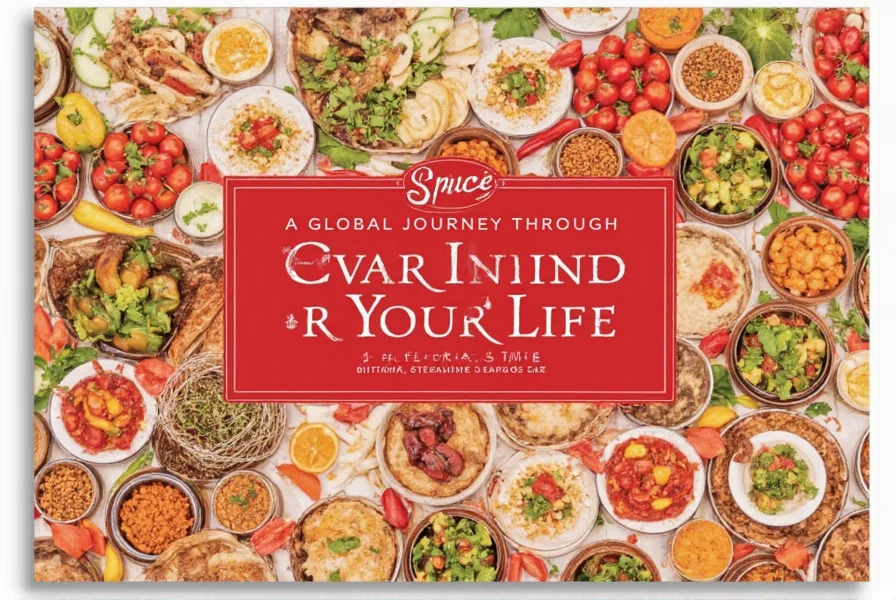
But don’t worry if you’re new to Indian food. Even simple dishes like dal (lentil stew) or chole (chickpea curry) are incredibly flavorful and easy to make with the right spices. And if you're looking to experiment, there are countless online recipes, cooking classes, and even virtual spice tours to help you dive into the world of Indian food.
Essential Spices in Indian Cuisine
To really understand Indian food, it helps to know the key spices that define its flavor profile. Here’s a quick breakdown of the most commonly used spices in Indian cooking:
| Spice | Description | Flavor Profile |
|---|---|---|
| Cumin | Used in both whole and ground form, cumin is essential in many Indian dishes. | Earthy, nutty, and slightly smoky |
| Coriander | Both the seeds and leaves (cilantro) are widely used in Indian cooking. | Warm, citrusy, and slightly sweet |
| Garam Masala | A blend of ground spices used to finish many dishes. | Warm, aromatic, and slightly sweet |
| Cardamom | Available in green and black varieties, cardamom is used in both savory and sweet dishes. | Sweet, floral, and slightly spicy |
| Turmeric | Known for its vibrant yellow color and earthy taste. | Earthy, slightly bitter, and warm |
| Mustard Seeds | Used in tempering, mustard seeds add a nutty, pungent flavor. | Nutty, pungent, and slightly sharp |
| Cloves | Often used in garam masala, cloves have a strong, sweet, and spicy aroma. | Strong, sweet, and slightly bitter |
| Chili Powder | Varies in heat depending on the type of chili used. | Hot, spicy, and smoky |
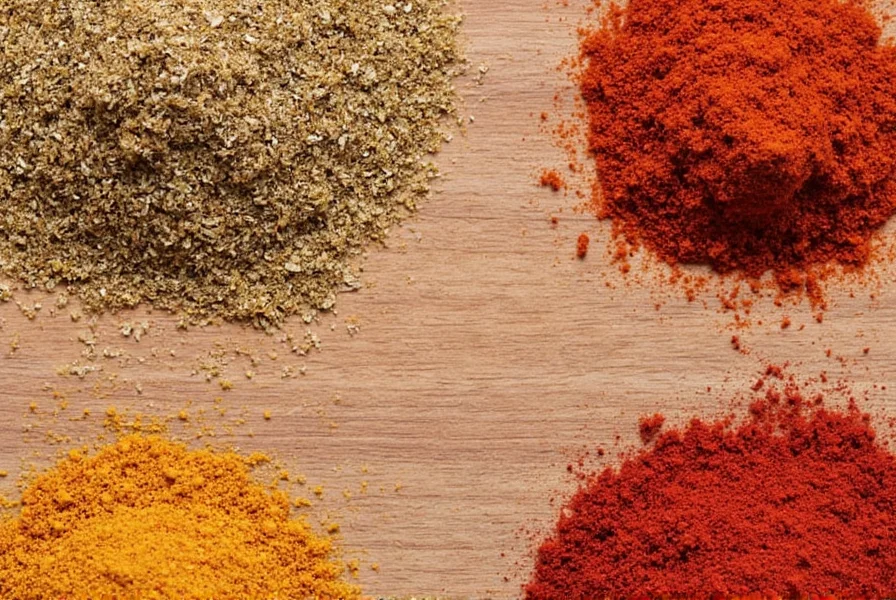
These spices aren’t just for flavor—they also offer numerous health benefits. For example, turmeric is known for its anti-inflammatory properties, while ginger aids digestion. By incorporating these spices into your meals, you're not only enhancing the taste but also boosting your overall well-being.
Top 10 Practical Cooking Tips for Indian Food
Whether you're a beginner or an experienced cook, here are some essential tips to help you master Indian food at home:
- Toast your spices first: Always toast whole spices like cumin, coriander, and mustard seeds before grinding or using them. This enhances their aroma and flavor.
- Use fresh ingredients: Fresh herbs, vegetables, and dairy products go a long way in making your Indian food taste authentic.
- Temper your oil: Start your dish by heating oil and adding whole spices like cumin, mustard, and fenugreek. This technique, called tempering, brings out the best in your spices.
- Balance your flavors: Indian food relies on a balance of sweet, sour, salty, spicy, and bitter. Don’t be afraid to adjust your seasoning as you go.
- Make your own garam masala: Store-bought blends may lack the depth of homemade versions. Mix together cinnamon, cardamom, cloves, and black pepper for a custom blend.
- Use yogurt or coconut milk: These ingredients can soften the heat of a dish and add creaminess without the need for heavy creams.
- Don’t rush the process: Many Indian dishes require time to develop their full flavor. Let your curries simmer and your breads rest.
- Experiment with regional variations: Each region in India has its own unique take on spices and cooking methods. Try recipes from different states to discover new favorites.
- Keep a spice journal: Track which spices work best in different dishes. This will help you refine your cooking over time.
- Have fun with it: Indian food is all about creativity and personalization. Feel free to tweak recipes to suit your taste.
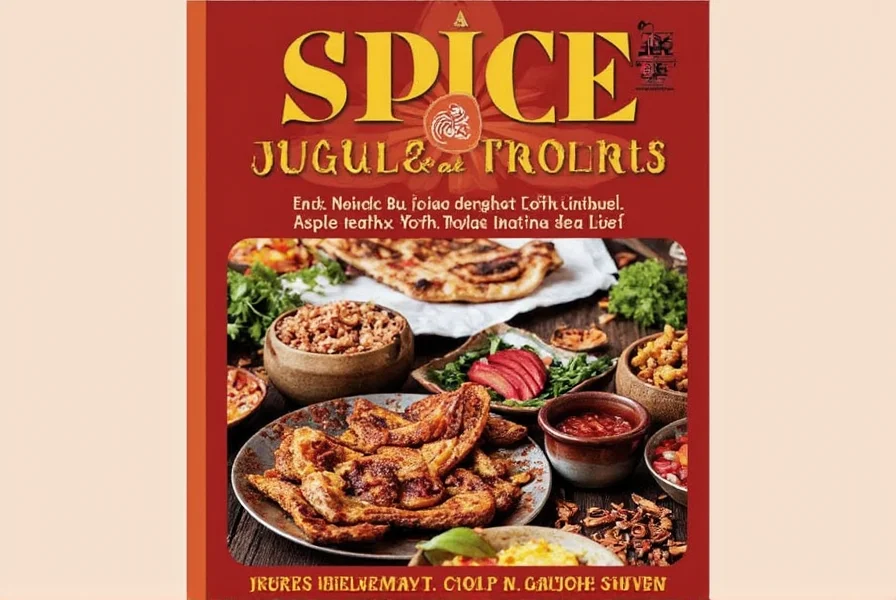
With these tips in hand, you’ll be well on your way to creating mouthwatering Indian dishes that impress even the most seasoned spice lovers. Remember, the key to great Indian food is patience, practice, and a willingness to experiment.
Buying Guide: Choosing the Right Spices and Tools
Having the right spices and tools in your kitchen can make a huge difference in how your Indian food turns out. Here’s a detailed guide to help you choose the best options for your needs:
Spices
When buying spices, always look for high-quality, freshly ground options. Whole spices tend to last longer and retain their flavor better than pre-ground ones. Some top picks include:
- Cumin Seeds: Ideal for tempering and adding depth to dishes.
- Coriander Seeds: Great for making powders and pastes.
- Garam Masala: Look for blends that include cinnamon, cardamom, and cloves.
- Chili Powder: Choose based on your preferred level of heat.
- Mustard Seeds: Perfect for tempering and adding a nutty flavor.

Tools
In addition to spices, certain tools can make your Indian cooking more efficient and enjoyable:
- Grinder/Blender: Essential for making spice pastes and grinding whole spices.
- Non-stick Pan: Ideal for sautéing spices and making curries without burning.
- Steel Whisk: Useful for mixing and blending ingredients smoothly.
- Stuffed Paratha Press: Great for making layered flatbreads like parathas and naan.
- Thermometer: Helps ensure that your oils and sauces reach the right temperature.
These tools can vary in price and quality, so it's worth investing in a few reliable pieces that fit your cooking style. For beginners, a basic spice grinder and a good non-stick pan are a solid start.
Recommended Products
Here are some top-rated products that are perfect for Indian food enthusiasts:
- Marigold Cumin Seeds: Known for their intense aroma and flavor, ideal for tempering and making spice blends.
- Shakti Coriander Powder: A premium option that adds a rich, citrusy flavor to curries and marinades.
- Red Dragon Chili Powder: Offers a balanced heat and smoky undertone, great for spicier dishes.
- AmazonBasics Spice Grinder: A durable and affordable option for grinding whole spices at home.
- Kalustyans Garam Masala: A ready-made blend that delivers a deep, aromatic flavor to any dish.
Each of these products is designed for specific uses, whether you're looking to enhance the flavor of your dishes or streamline your cooking process. With the right tools and spices, you'll be able to create authentic Indian food with ease.
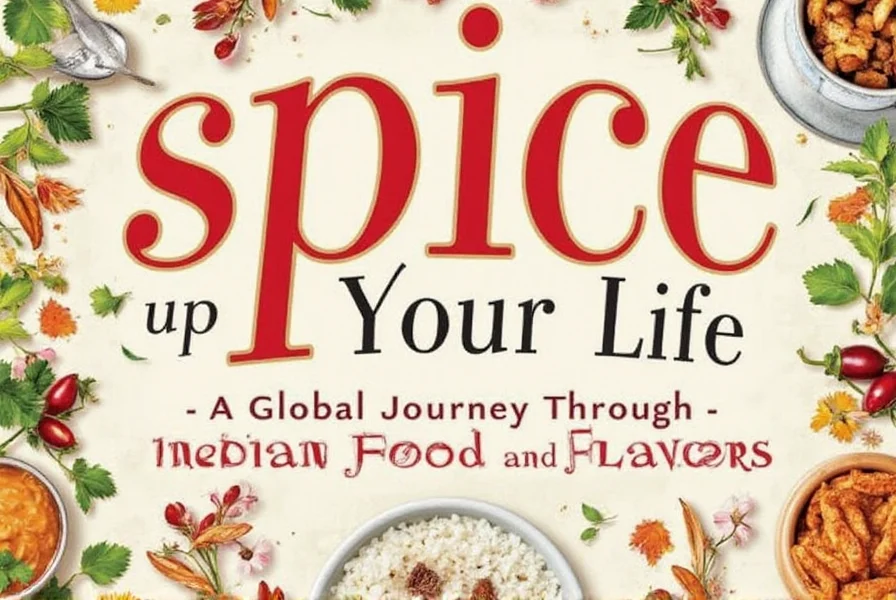
Conclusion
Indian food is more than just a meal—it's a celebration of culture, tradition, and flavor. From the intricate spice blends to the rich, comforting curries, every bite tells a story of centuries of culinary innovation. Whether you're cooking for yourself or sharing a meal with loved ones, the journey through Indian food is both rewarding and delicious.
By understanding the basics of Indian spices, learning practical cooking techniques, and choosing the right tools, you can bring the essence of Indian food into your kitchen. So why wait? Start experimenting, tasting, and enjoying the vibrant world of Indian food today.
Remember, the key to mastering Indian food lies in curiosity, patience, and a passion for exploring new flavors. As you continue your culinary journey, keep in mind that the true magic of Indian food lies in its ability to connect people through shared experiences and unforgettable tastes.
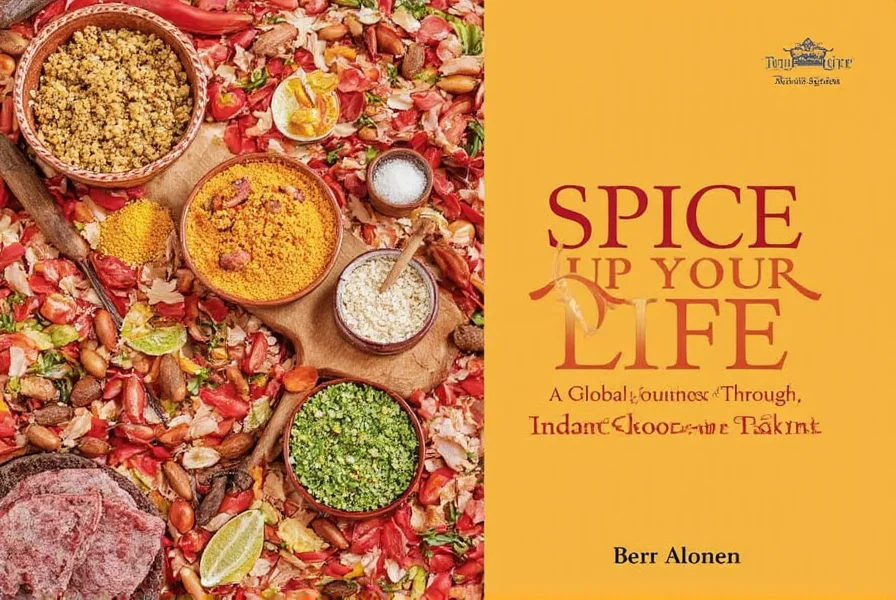
Now, go ahead and spice up your life with the wonders of Indian food. You might just discover a new favorite dish—and maybe even a new passion.

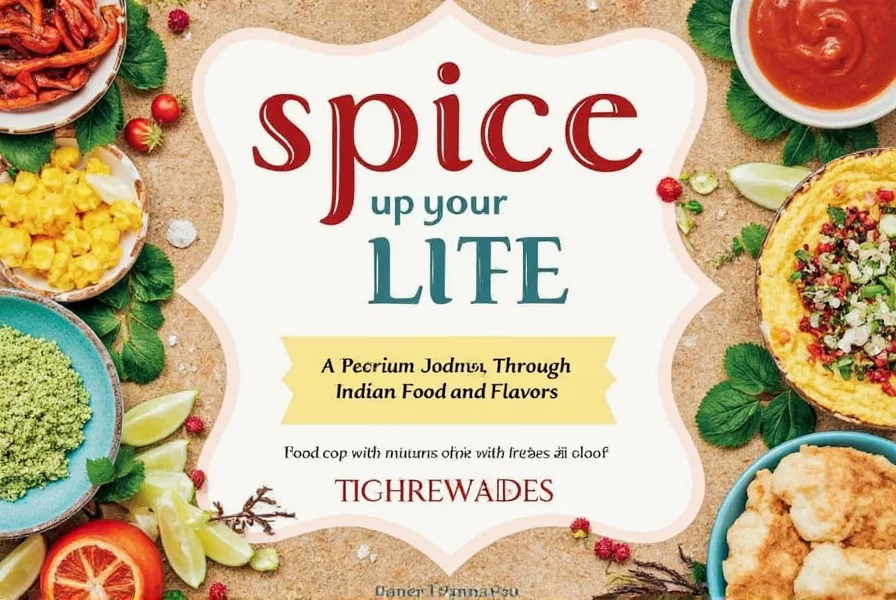









 浙公网安备
33010002000092号
浙公网安备
33010002000092号 浙B2-20120091-4
浙B2-20120091-4